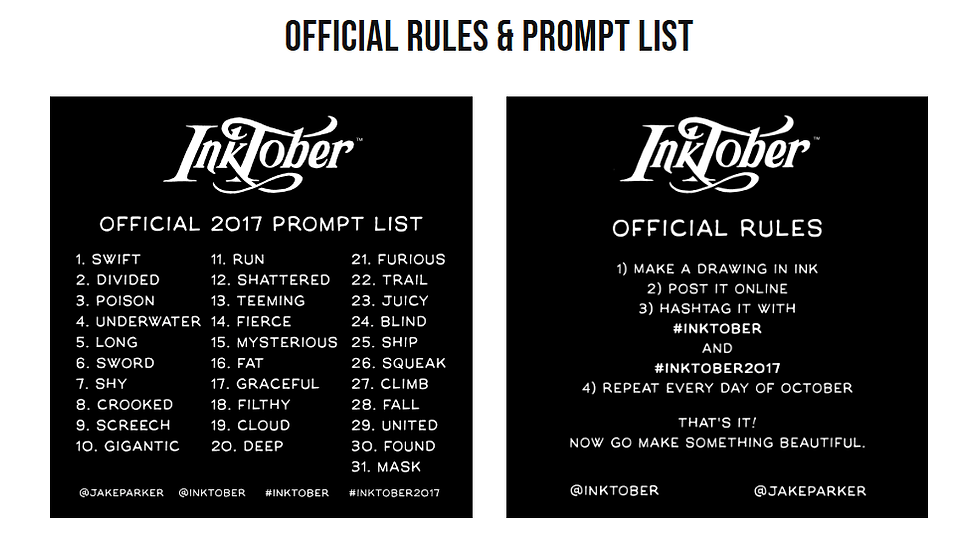Lesson 1: Basic Stippling Technique
- Reiko Lauper
- Sep 5, 2021
- 3 min read
Updated: Sep 20, 2021

What is STIPPLING? (Dot Drawing)
Illusions of shadow
Stippling(Dot Drawing) is the drawing that has numerous dots to simulate different degrees of shading.
A great thing about art is the number of techniques you can choose from to develop your work. Stippling is one of these techniques, and the unique texture that was made by millions of tiny dots can make your drawings look so impressive and special.
The closer the dots are to each other, the darker and more solid the area becomes.
Textures you can express with stippling
Stippling has many ways to express. Some good ways are...
Something grainy: Sand, soil, dust, etc.
Something airy: Clouds, sprays, smoke, mist, etc.
Transparent objects: The wings of insects, clear film, blurry, etc.
Other various textures: Velvety, fluffy, shiny, glassy, etc.
Gradient: Emphasize the drastic or subtle change from a darker to a lighter value
Details: Depicting anything that has plenty of delicate, refined details
The more dots are put on the paper, the darker the value becomes. It's that simple yet time consuming.
You can create an illusion of shadow by layering more and more dots.
Pay attention to develop a smooth transition between lighter and darker values.
It’s important to train both of your eyes and hand to place new dots in the gaps between the existing ones.
It’s a matter of balancing the filled/blank areas to create a harmonious pattern. Start stippling slowly first to pay attention to the gaps between dots.
Let’s take a look at some examples of shading with stippling.

The size of the nib
The pens I recommend the most for stippling and general outlining are the SAKURA Pigma Microns pens.
The quality is fantastic as the very affordable price, and you can mostly buy them at any stores. Here’s a picture of how microns’ dots look like on paper.

This gradation chart below in value using the liners of different width numbers: 005, 01, 03 of MICRON Pens.
Smaller dots create more delicate texture that looks much smoother, and bigger dots create the impression of a pronounced, rough pattern.

See the differences of textures below. I wanted the tattoo part popped out graphically, so I used bigger nibs to create some different shadows.

Let's practice
*Worksheet is attached to download. 1. Draw a couple of small rectangles, using a pencil and a ruler, and fill them with dots.
Create an even layer of dots, using just a single pen (1) Just pay attention to the gaps between the dots – the gaps are very important for the pattern of dots.
Create a gradient from lighter to darker value, using just a single pen (2)
Draw lines that consist of dots. Try varying the intervals between the dots (3) *If you have extra time, play with liners of different widths, making larger and smaller dots.
2. Draw a circle and fill it with dots to create a stylized illusion of sphere (4)


Stippling Tips and Advice
Nuances and textures of dots really matter for a successful stippling drawing.

The way you hold your tool: Holding a pen at a 90° angle relative to the paper is preferred. You don't need to be super crazy about it, but keep the pen straight as you can. Holding it with a tilted angle will affect the form of dots – they may become distorted or faded.
The amount of pressure you place on the pen Make light touches with your liner. This will also affect the form of dots. If you place your pen like a jackhammer, the dots would get distorted and look like tadpoles. Plus, putting too much pressure on your pen will damage its tip and reduce its life span.
Stippling is a time-consuming technique and it requires patience and dedication. The process of stippling will also make your hand and eyes a little tired. Listen to your body and take short breaks as you feel necessary. While drawing, keep your hand as relaxed as possible.
*Read more tips and some mental hacks on this post.
These small practices are perfect to vary the rhythm and figure out your drawing speed. Stippling can be a kind of meditation or a way to reach your own “state of flow” if you like it :) Otherwise, it's pretty much a torture for some type of people...



























Comments